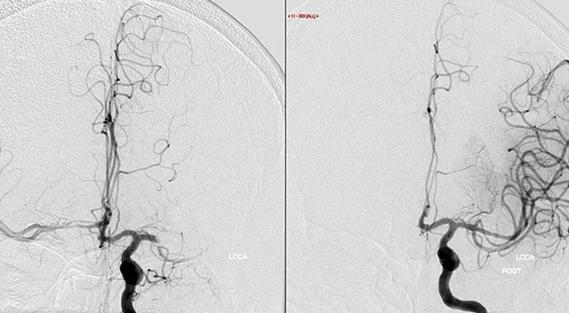Advertisement

Progress in stereoelectroencephalography for epilepsy surgery evaluation since Cleveland Clinic performed the first U.S. case in 2009

Telemedicine use remains higher than before the pandemic in all groups, but disparities linger

Using multidisciplinary care to address mood changes, mitigate daily stressors

Case study in diagnosing ACNES and finding the right surgical fix
Advertisement
Cleveland Clinic is a non-profit academic medical center. Advertising on our site helps support our mission. We do not endorse non-Cleveland Clinic products or services. Policy

MRI classifier identifies a subset of patients with disease marked by cortical atrophy, not demyelination

Understanding TE involvement is a key to developing new treatments

Early intervention yields the best outcomes, but surgery can benefit older patients as well

Study provides Class III evidence that assay distinguishes disease from normal controls

Study aims to inform an enhanced approach to exercise as medicine

Study links large artery atherosclerosis and delayed presentation to poorer treatment results
Advertisement
Advertisement